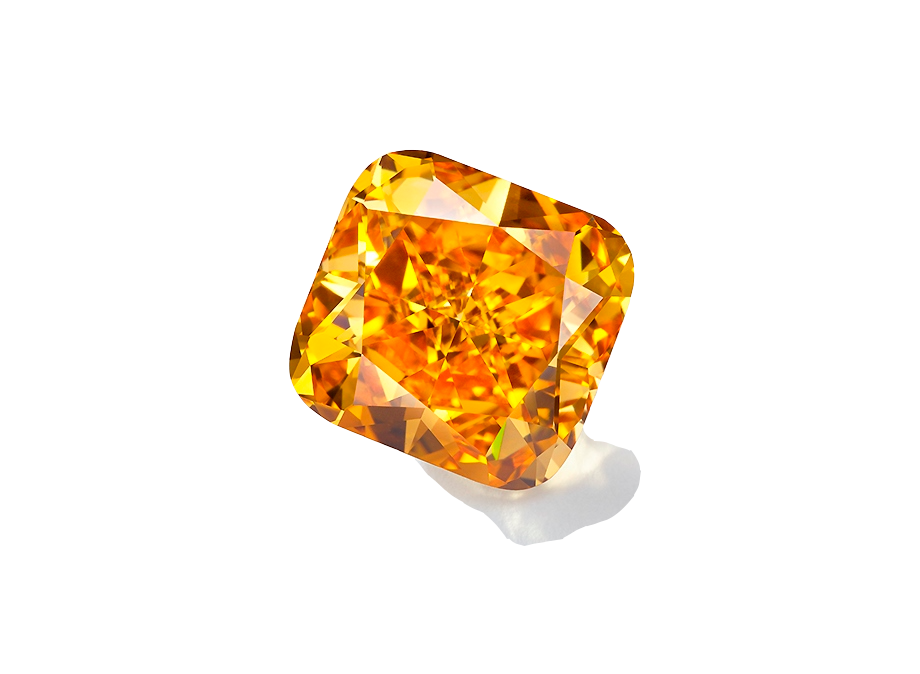The Power of a Brand
Speak to a group of luxury professionals about branding and you are likely to get a glow of pride for their organisation, followed by hesitation on how to pin-point just exactly what branding represents. The fact of the matter is that we are all susceptible to the power of a brand, and with branding being the most important single financial asset a company owns, you can ill-afford to neglect it. Furthermore, with branding directly linked to the profitability and success of a company it is something that requires on-going attention.
But what is brand equity? In short, take a product that is branded, for example a well-known fizzy drink and then take a non-branded version of the same drink. The brand equity is the difference between the value of one, versus the value of the other. Or more appropriately, the difference between a branded fancy coloured diamond ring versus the same stone alone. The setting itself can be as little as $100, but the power of the brand can increase the value of the item by up to approximately 30%. If you neglect to consistently promote the benefits and message of the branded product, it will eventually become a pure and simple commodity and the value will drop accordingly. This is particularly pertinent during times of economic downturn, when many organisations look to reduce costs. With just a 1% decrease in variable costs (or in this case, marketing expenditure), comes approximately a 6.5% increase in profitability, however, this is short-lived and can have longer detrimental effects on the brand.
The Harvard Business Reviews’ Brand Report Card by Kevin Keller suggests that by measuring how your company stacks up against 10 traits shared by the world’s biggest brands, allows you to see where improvements need to be made, to maximise profit.
Those ten traits include the benefits your company delivers, the relevancy of your message to your chosen audience and the consistency of your communication. However, over and above the 10 individual traits is one distinct attribute - positioning. Also described as what you want your prospects to think, when they think of your company, positioning is oversimplified messaging that cuts through the clutter of our over-communicated society, to get into the mind of the prospect.
Discuss branding with most people and they will say that it is about logos, fonts and colours. Some people may also include imagery and style of writing and all of these aspects would be correct, but it is so much more than this. Referred to as touch-points, every element of your identity needs to reflect the position you have chosen. And that position should be exclusive to your target audience or rather, should actively exclude anyone who is not within your target audience.
And so, how is this relevant to our industry? Take any subject matter and we will have differing and diverse opinions. In a recent project for a luxury organisation, following research, we were able to create 12 individual segments or groups of people with shared commonalities within the group and differences from the other groups. Having chosen a single group to target, we then tailored all of the marketing and communication to ‘speak’ to that group. Using words and phrases they had cited; promoting services they had expressed interest in and going as far as to include images of those who belonged to the chosen segment, allowed the company to find more people who could connect with the brand.
Amma Group works in three main areas, asset management for fancy coloured diamonds, rubies and sapphires; bespoke jewellery design for private clients and advisors to luxury goods organisations. Through our work with Amma Advisory, we are fascinated by the seemingly disparate that brings people together. We use research and analysis to find potential customers who share passions with companies’ products and services. For further information on the benefits of branding, contact enquiry@amma-group.com


